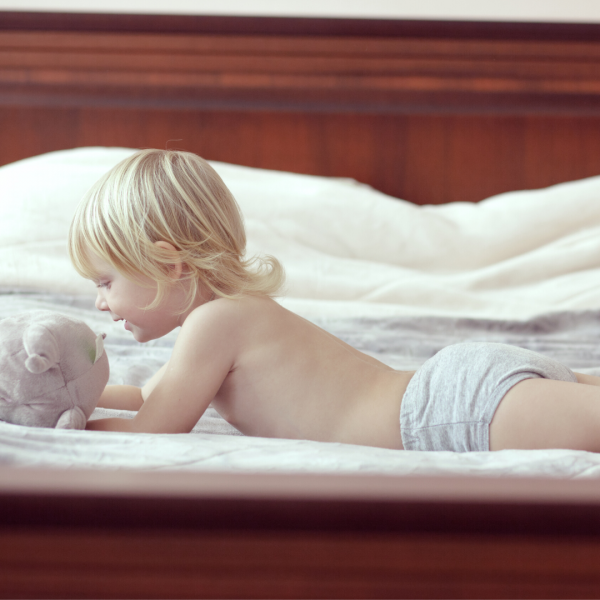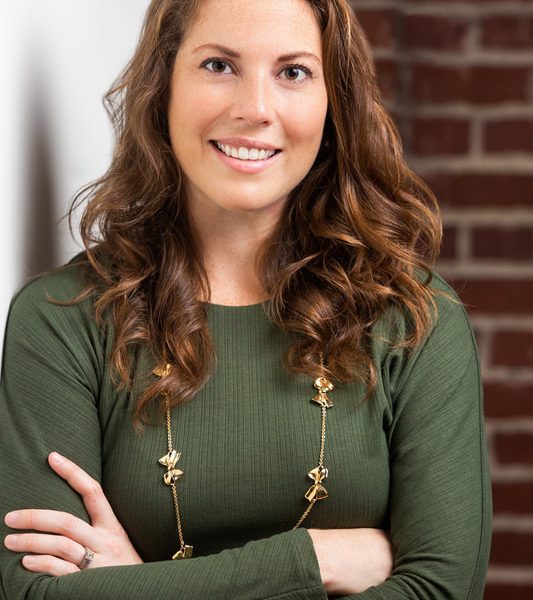“Early to bed and early to rise makes a man healthy, wealthy, and wise.” -Benjamin Franklin
All these years we thought Ben Franklin was a genious in his work ethic and lifestyle when actually he just had three kids! Waking up at the crack of dawn with your littles is a challenging issue many parents have. As a sleep consultant when assessing these issues, it’s important to see if the parents have realistic expectations. To expect your child to sleep in past 6:30 AM is usually unrealistic (you’ll be happier in your child’s teenage years!). Some children naturally wake up between 5:30-6:30 AM, which here in Seattle is basically pitch black out right now! So while it still seems like the middle of the night your little ones are right on track if they are getting up around that time.

While snoozing later yourself is not always an option here are a couple of suggestions to help relieve this early morning reality:
- Minimize ambient light. Most kids are really sensitive to ambient light. While some black out shades can be pricey affordable options are available. The Redi Shade which is a paper shade that still is quite nice!
- Consider a white noise machine. There are many options out there both travel sized and for home in the bedroom. The Marpac Dohm has been in the industry for quite some time now and while it still kind of looks ancient it works wonders and is true white noise as opposed to music.
- Adjust the sleep schedule. Typically children 1-3 years old will sleep between 11-13 hours a day, with 9.5-10.5 hours at night (Canapari, C. (2019). If your child is going to bed before 7-7:30 PM I would consider moving the bedtime a bit later. Children 3-5 years that have dropped their nap need about 10-11.5 hours of sleep. A bedtime closer to 8 pm consistently will give you closer to 6-7am wakeup. Know that it can take at least a few weeks to get on these schedules and one night alone will not change that early morning rise time.
- Wake up clock: This may work for some older toddlers or preschoolers. Basically it sets up a timer with a light that indicates an acceptable time for them to expect you. For my kiddo we just used a larger digital clock and blocked out the minutes so he just saw the hour. Even this is not a sure win, but adding a reward to it can help!
- Check sleep associations: If your child needs something or someone to fall asleep or stay asleep they may have a sleep association. This is most common in a child who is brought into the parents’ bed at 4-5 AM. Pretty soon, they start to wake up around the same time nightly looking for this. We went though a month with our son after switching him out of his crib. He would come in our bed every morning very early, we caved a few times and then it started happening daily. Now we are more consistent and have him come snuggle as long as his clock says 6 (or later). I’m hoping he actually continues this for a while, love those early morning little snuggles!
For older kiddos it’s also perfectly fine for them to play quietly on their own in the early morning with a safe activity in their room. The key is not to have the activity be SO exciting that they are waking up early just to do it, I call this the Santa affect! TV could be effective as well, I’m definitely not against this for a few extra parent zzz, but just know that some kids will wake up early on purpose if they know they can have TV time (every kid is different so just see what works best for your little).
Hope some of these tips were helpful! Be sure to keep following next week as we talk about daylight savings time and how to prepare.

References:
Canapari, C. (2019). It’s never too late to sleep train. New York, NY: Random House.
Ferber, R. (2006). Solve your child’s sleep problems. New York, NY: Touchstone.


